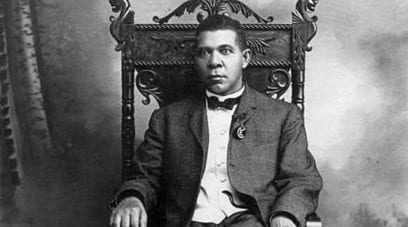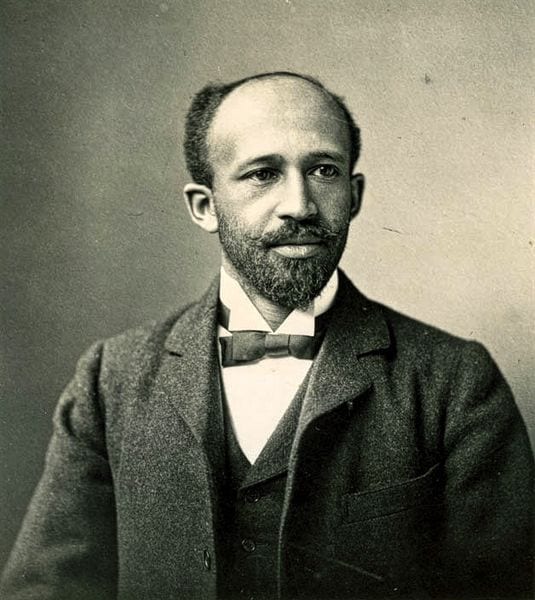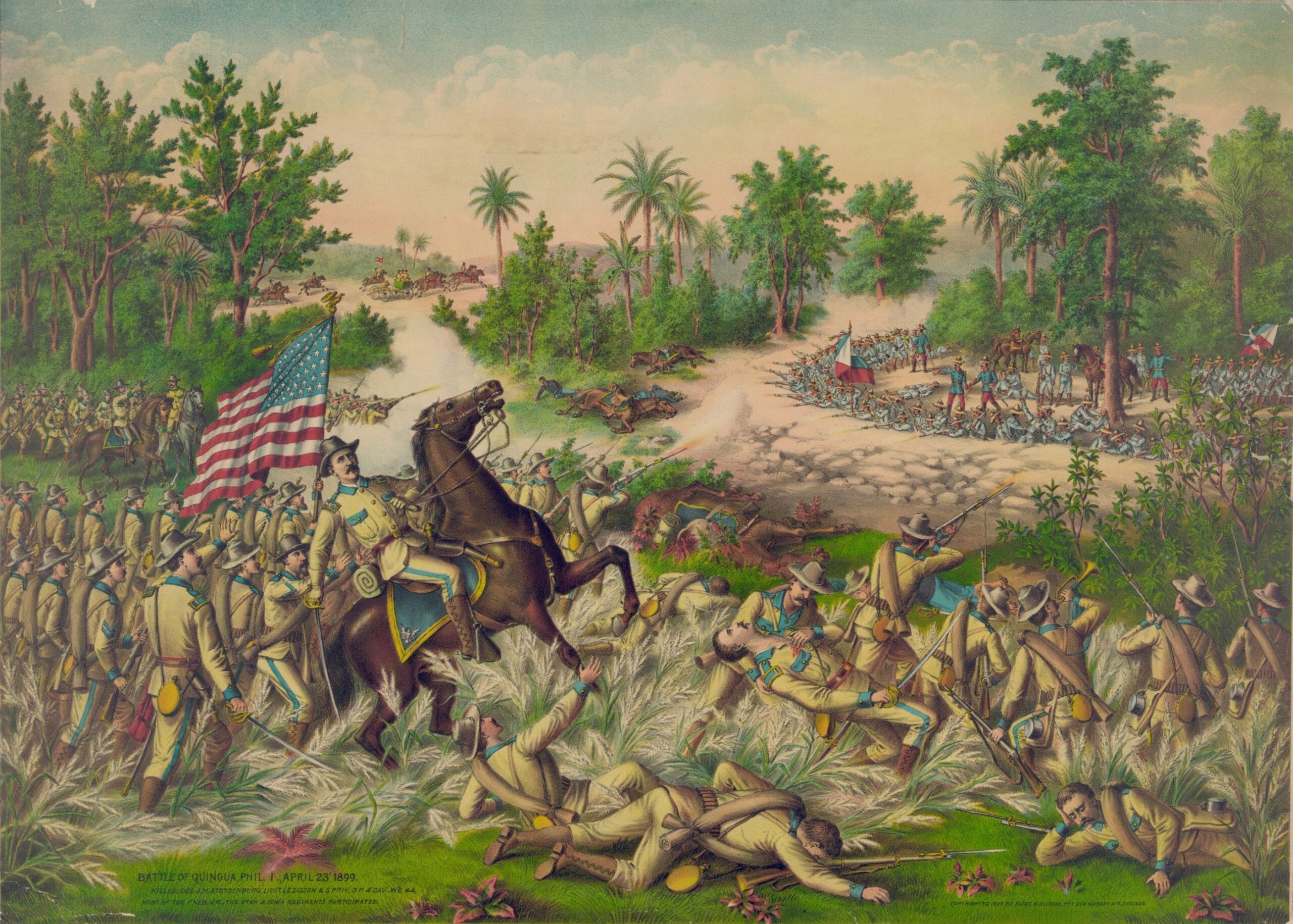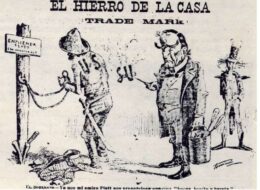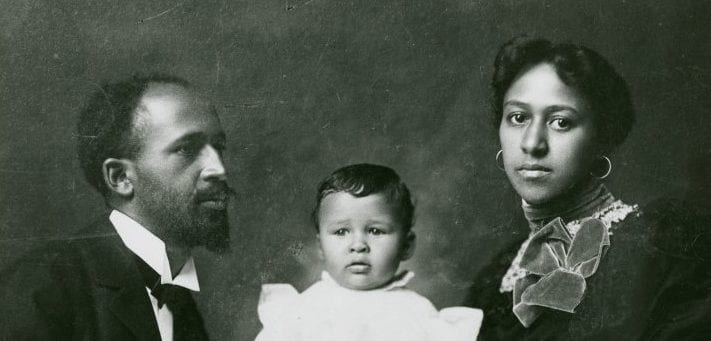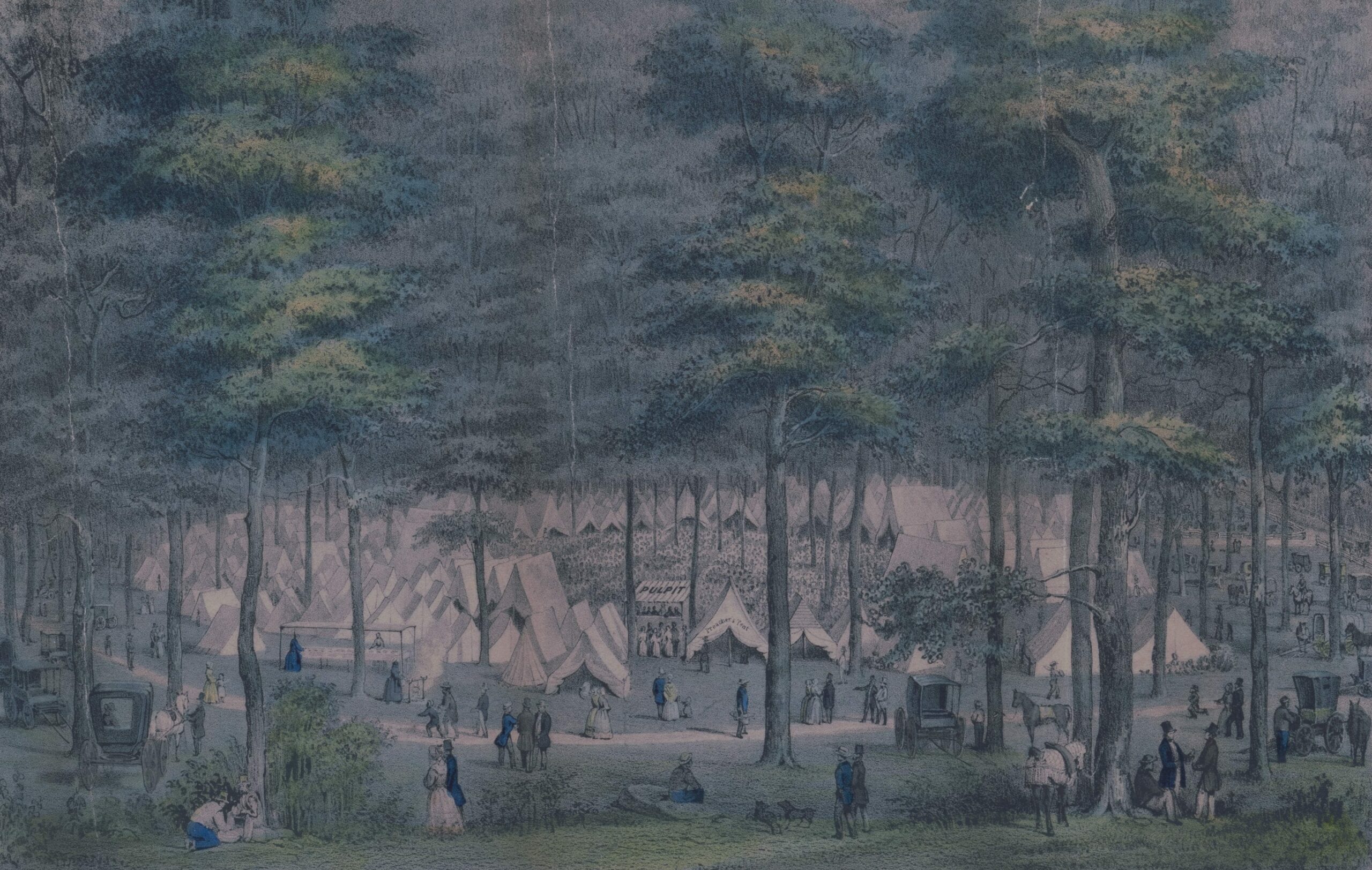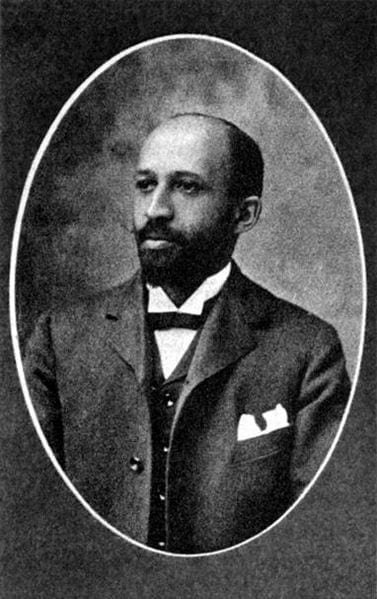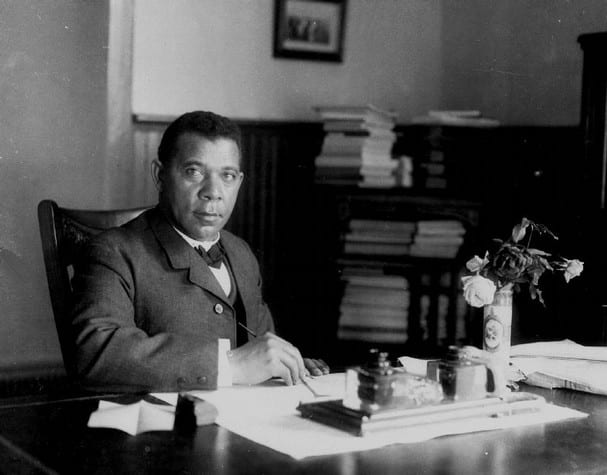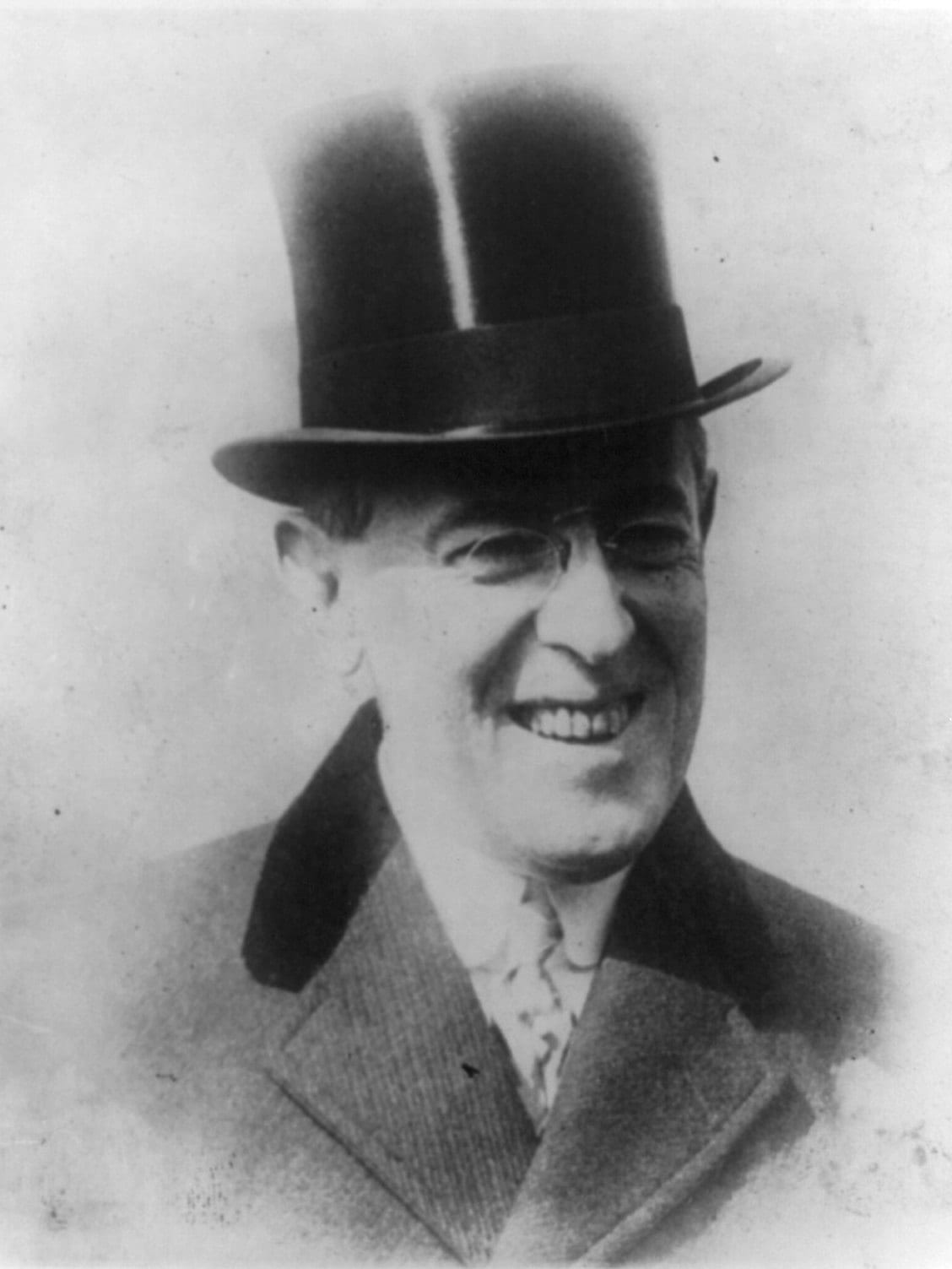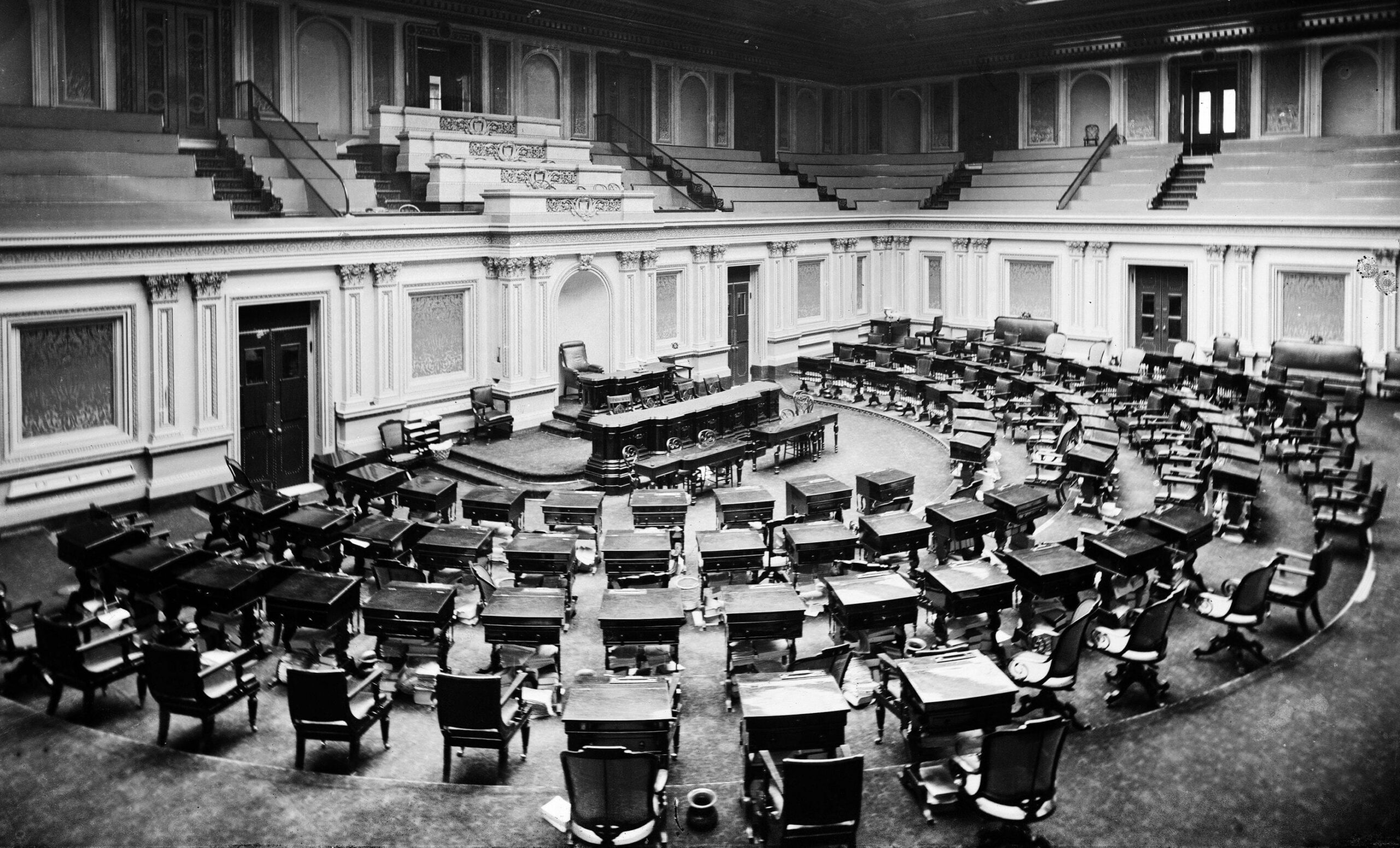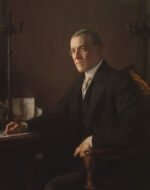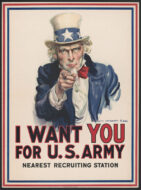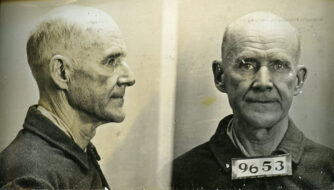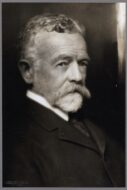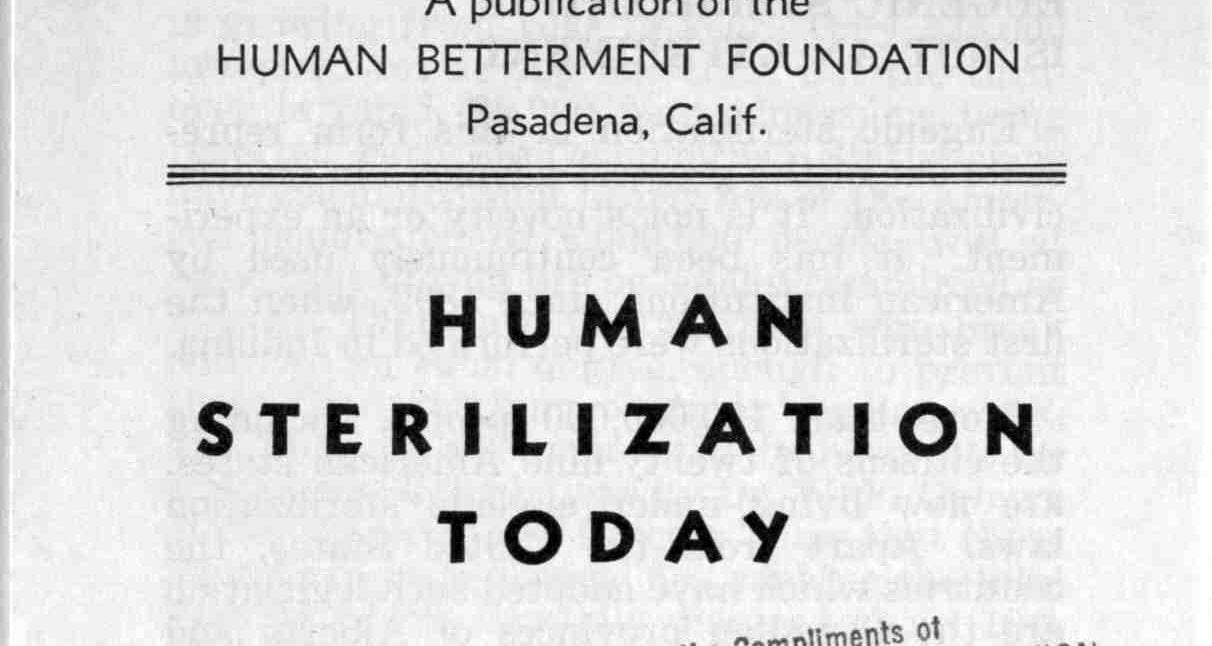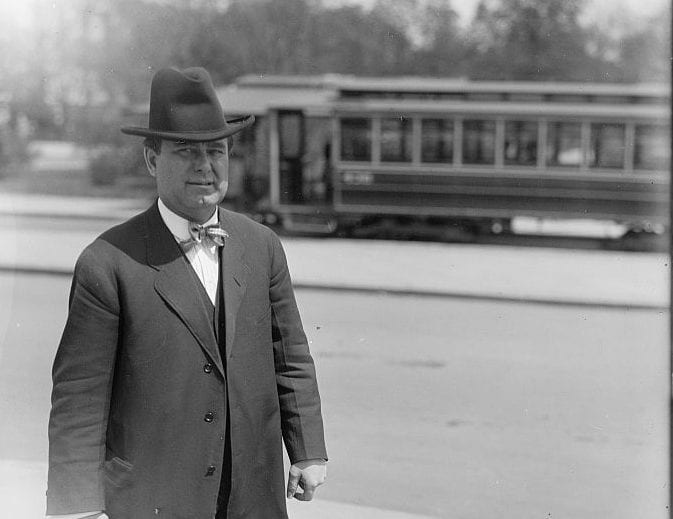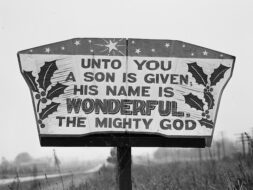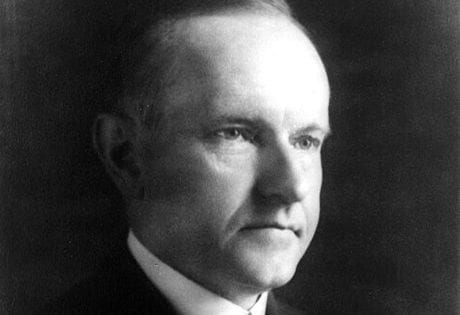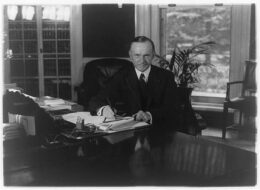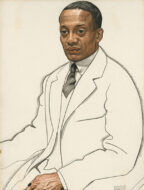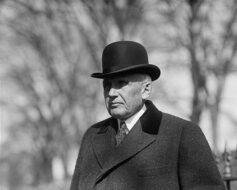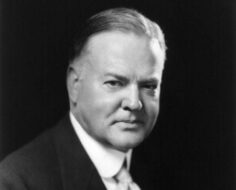


No related resources
Introduction
By 1911, Jane Addams (1860–1935) had been running Hull House, one of America’s leading social settlements, for twenty years. At Hull House (and other neighborhood-based centers like it around the country), a volunteer staff of educated reform-minded women literally “settled” themselves among the nation’s poor and immigrant communities. By taking up residence among those whom they hoped to help, settlement workers challenged prevailing class notions, treating the people to whom they offered social services not merely as clients or charity recipients but as neighbors and even friends.
Addams’ own religious views are somewhat enigmatic: although she was baptized and received membership in a Presbyterian congregation as an adult, she wrote rarely about Christianity as such, more often about “religion” in the generic sense. It is clear, however, that Addams considered religion—understood as the attempt to connect the individual human soul to some spiritual element in the universe external to it—to have the potential to elevate humanity above the cares and strife of the material realm. She argued that religious instruction, to be effective, must be connected to the practicalities of life, particularly life in modern, industrialized, urban areas with their attendant social problems.
Here, Addams calls for the church—for religious educators, in particular—to increase their efforts to save the poor and downtrodden, not only spiritually, but in physical and practical ways that will allow them to live with dignity as contributing members of society. In making this argument, Addams responded not only to the problems created by industrialization, but also to those created by the influential ideas of modernism (see “The Catholic Novelist in the Protestant South” and “The Tyranny of Petty Coercion”).
Source: Jane Addams, “The Social Situation: Religious Education and Contemporary Social Conditions,” Religious Education 6, no. 2 (June 1911): 145–52.
. . . The religious educator is . . . handicapped by the fact that much of the final curricula which he uses is left over from the days when education was carefully designed for men who had withdrawn from the world, and that of necessity, it does not avail with the youth who is fretting with impatience to throw himself into the stream of life and to become a part of its fast flowing current.
This divergence between the unreality of religious education and the demands of stirring religious experiences never became more apparent than it did in England and America during the last decade of the past century. The religious educator lost hundreds of young men and women who by training and temperament should have gone into the ministry or the missionary field, simply because his statements appeared to them as magnificent pieces of self-assertion totally unrelated to the world.
This failure to make religious teaching appear valid was due to many causes; the times were ripe for such divergence, and there are several reasons why life at this moment should have seemed more real outside of that which we call the religious world, than it did within it. In the first place, modern economists had taught that man was abjectly dependent upon the material world about him, and had demonstrated as never before the iron clamp which industry imposes upon life; they had moreover gravely asserted that man’s very freedom, morality and progress may be overwhelmed by the material conditions which surround him.
Secondly, the situation was further complicated by the fact that at this very same time the doctrine of evolution, having made clear man’s intimate connection with the entire external world, was establishing itself in ethics and social philosophy. Students of the social order in the spirit of the scientist became content merely to collect data and to arrange it in orderly sequence. The social field still contains hundreds of them devotedly considering the reactions of economic forces upon human life, who have for the most part disregarded all theological considerations as they have long since lightly renounced the theological explanations of a final cause.
Thirdly, during these decades hundreds of young people were drawn into the congested quarters of the modern city by sheer humanitarianism, by the impulse at least to know the worst. In their reaction against materialism they would warm their affections and renew their beliefs in those places where humanity appeared most pitiable and infirm, somewhat in the spirit of Carlyle[1] who impatiently bade his contemporaries to worship and admire the hero if they could no longer worship and admire the saint. It is as if various types of young people ardently desiring reality above all else had said to the religious teachers, “we wish to know truth for ourselves, we care not how logical your theological tenets may be unless we can make them valid.”
It was therefore inevitable that these lines of development should shift the center of the difficulties in religious education to the most crowded industrial districts where materialism holds undisputed sway.
The Failure of the Church
And yet, it was during these same decades that the churches, as if appalled by the industrial situation, failed to hold their own in these very districts. The church apparently felt no lure in the hideously uncouth factories in which men sometimes worked twelve hours a day for seven days in the week until they were utterly brutalized by fatigue; nor in the insanitary tenements so crowded that the mere decencies of life were often impossible; nor in the raw towns of newly arrived immigrants where the standard of life was pushed below that of their European poverty unmitigated by either natural beauty or social resources.
And yet it was into these very regions that the young people whom the church lost were most often attracted, and it was no unworthy lure which drew them into the thick of that industrial misery into which the church had not only failed to precede them, but for so long a time had failed to follow them.
Did the religious educator at the present moment but enter into this industrial inferno he would find many ardent young people, possibly not his own pupils, but those who would gladly unite with him in asserting the reality of spiritual forces, could he but share their experiences, and reach conclusions by a method they could comprehend. Among these young people he would find those who might have brought enthusiasm and ability to his own profession had it but seemed to them valid and dealing with realities. His experience would indeed be similar to that of Dante when he hesitated to enter the Inferno dreading above all else his loneliness there, although when he boldly proceeded step by step he found it peopled with old friends and comrades, speaking the beautiful language of Florence and cherishing the same great hopes as his own.[2]
This adventurous educator would find traces of a new religious expression, although with marked scientific and humanitarian aspects as befitting its period. Even as the humanism which grew out of the Renaissance was a reaction against grotesque Ecclesiasticism he would discover in the beginning of this humanitarianism a reaction against Materialism arising in the very midst of it.
He would find the economists groping their way from the 19th century darkness which considered the nation as an agglomeration of selfish men each moved by self-interest, forgetful of the women and children, to a conception of a state maintained to develop and nurture the highest type of human life, and testing its success by the care afforded to the most defenseless women and children within its borders. One of these economists whom we used to call ‘hard headed’ has actually made out a program to protect wage-earners from what he calls the five great misfortunes to which they are exposed: industrial accidents, preventable illness, premature death, unemployment, and neglected old age.
. . . The religious educator venturing into the industrial inferno would be much startled by the discovery of the anomaly that the most enthusiastic believers in economic determinism are at the present moment giving us the most inspiring demonstration of religious enthusiasm: that the socialist party is drawing to itself thousands of ardent young people simply because it holds up an ideal and demands sacrifices on its behalf. It is as if the socialists had picked up the banner inscribed with the promises of a future life, which had slipped from the hands of the ecclesiastic, as if they had changed the promise of salvation from individual to social, had substituted the word earth for heaven and had then raised the banner aloft once more. To the crowd of young people who follow this banner is happening that which always happens to those who are held together in a mutual purpose; certain readjustments take place as they realize that their own future is dependent upon the consummation of their ideal, and as they demand that the whole world unite in a common effort for its realization. There are thirty millions of these socialists in the world with a definite political program in every civilized nation. The religious teacher may well long to claim this enthusiastic host for his own, and to turn these myriad idealists into a living church.
The religious educator as he proceeded would also find those humbler investigators of social conditions living either singly or in groups in the thick of untoward industrial conditions. At moments these find their own carefully collected data gathered into statistical tables and monographs almost as discouraging and overwhelming in its bulk as in the dreary conditions it discloses. They are beginning to mutter darkly concerning degeneracy and to assert that evolutionary processes are not always upward or ethnogenic, as they prefer to say. . . .
. . . Such investigators feel that their efforts should be supplemented by the religious teachers through a vigorous appeal to the public conscience and to the higher affections. They claim that as social development is an essentially continuing process, it is the business of morality to share its growth, not only to modify its harshness and brutality, but to actually direct it; and they also are thus again brought close to the religious purpose.
Would not these beginnings of a new religious expression among the economists, the investigators, and the humanitarians point to a moment in which the religious teacher might avail himself of a great opportunity? Could he but make the old formulas express the scruples, the painful sense of difference between rich and poor which haunt these dwellers in industrial quarters day by day; could he but transmute the comradeship of mutual suffering into a religious communion he would find them ready to walk in the old paths.
After all, the business of religion is not only to comfort and conserve, but to prophecy and fortify men for coming social changes. He who in a moment of transition boldly formulates his hidden scruples, does so not only for himself but for many others, and finds himself surrounded by a multitude of followers. . . . Again and again during its history, the church has been obliged to leave the temples and the schools in order to cast in its lots with the poor, and to minister without ceremony or ritual, directly to the needs of the sinner and the outcast.
A Religious Mission
Is it not possible that such a moment has come now, that the religious teacher must go forth into the midst of modern materialism if only effectually to insist upon the eternal antithesis between the material and the spiritual, and to prove that religious enthusiasm is all-enduring when founded upon the realities of life?
A noted English publicist once told me that twenty-five years ago at every public meeting in the industrial quarters of London, whatever the subject of discussion, some working men always arose and in fiery terms agitated the disestablishment of the English Church, but that during the last decade such a speech was seldom heard owing entirely to the efforts of certain High-Church clergymen who had gone to live throughout the industrial districts of London, and had thus identified themselves with all the leading movements of social reform until the working men had become convinced that the church wanted the thing that they wanted, and that they and the clergymen were working towards a common goal.
Thus to convince thousands of young people of the validity and reality of religion, the church must go out to meet them—both willing to take their point of view, and to understand social methods. Could the religious teacher unite in the deed with the social reformers, could he formulate for many others a course of action which would relieve their consciences in regard to social maladjustments, he would discover that he had become part of a new fellowship, while at the same time his teaching was attaining a new sense of reality.
No one in considering this subject could for a moment ignore the great social awakening at present going forward in the churches. The federal organization of thirty-four Protestant Denominations with its social department; the YMCA with its well-directed social work in a dozen departments; the church committees to improve the conditions of labor, and the departments of sociology in all the theological seminaries would all indicate a new emphasis which the church is placing upon social welfare. Perhaps after all the difference is not so profound. A story is told of a country clergyman who was not a great scholar, but who had much experience with church choirs. A parishioner in all seriousness asked him one day what was the difference between the cherubim and the seraphim; the poor clergyman hesitated a moment, and somewhat confusedly replied that he believed that there had once between a difference, but that now all was amicably adjusted.
Could the differences between progressive churchmen and the social reformer be amicably adjusted, I venture to predict that we should find ourselves united in a new religious fellowship and living in the sense of a religious revival.
- 1. Thomas Carlyle (1795–1881), a Scottish writer, argued in On Heroes, Hero-Worship, and the Heroic in History (London, 1841), that great men make history.
- 2. This is a strikingly creative interpretation of Dante’s hesitation to enter the Inferno. Addams cites a fear Dante himself does not directly express, and in attributing “hopes” to the damned she would seem to ignore Dante’s understanding of hell—although it is true that Dante’s guide, Virgil, hints at the possible redemption of those who through no fault of their own never learned about Christ. See, for example, Inferno, Canto IV, lines 15–60.

Conversation-based seminars for collegial PD, one-day and multi-day seminars, graduate credit seminars (MA degree), online and in-person.










